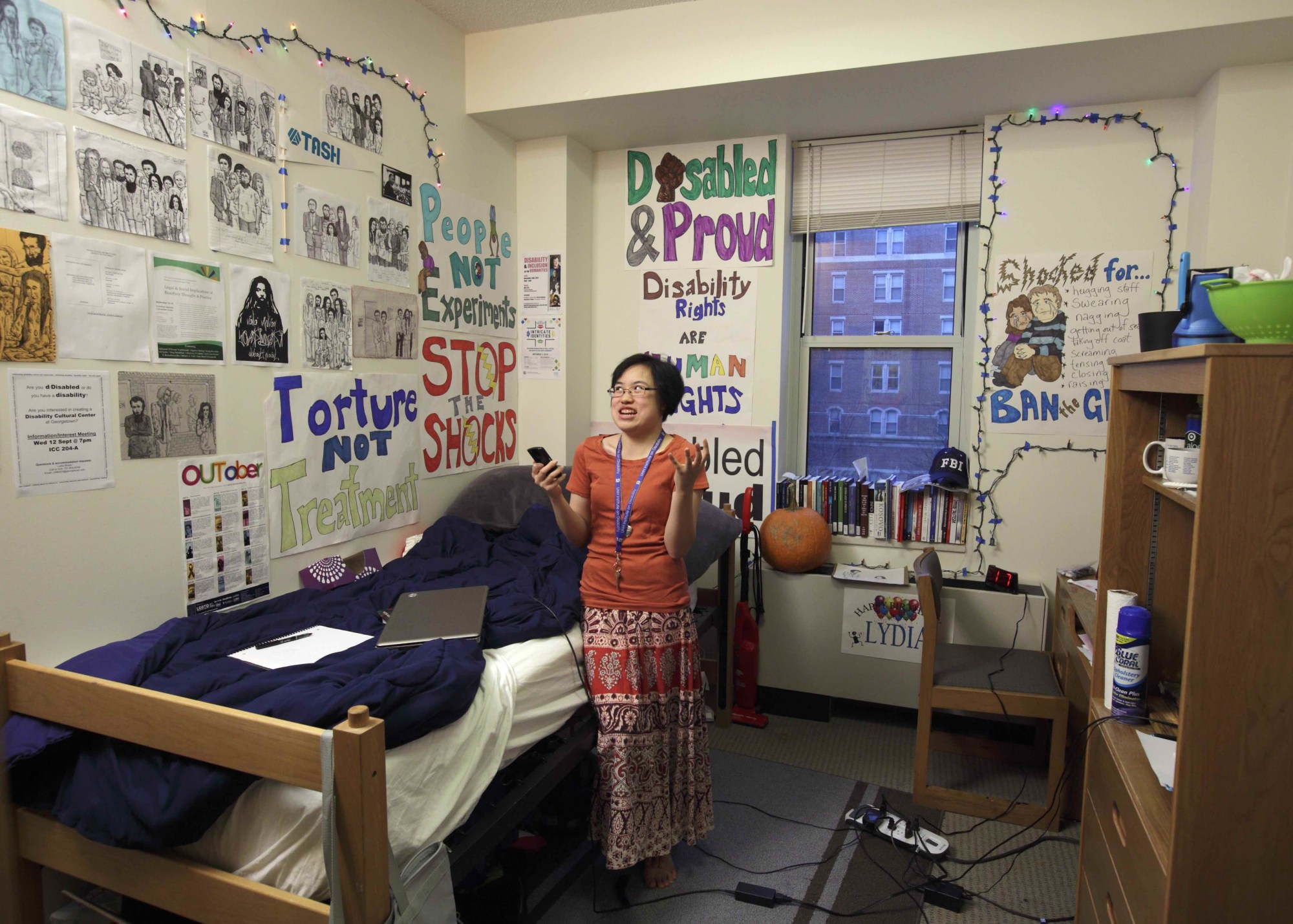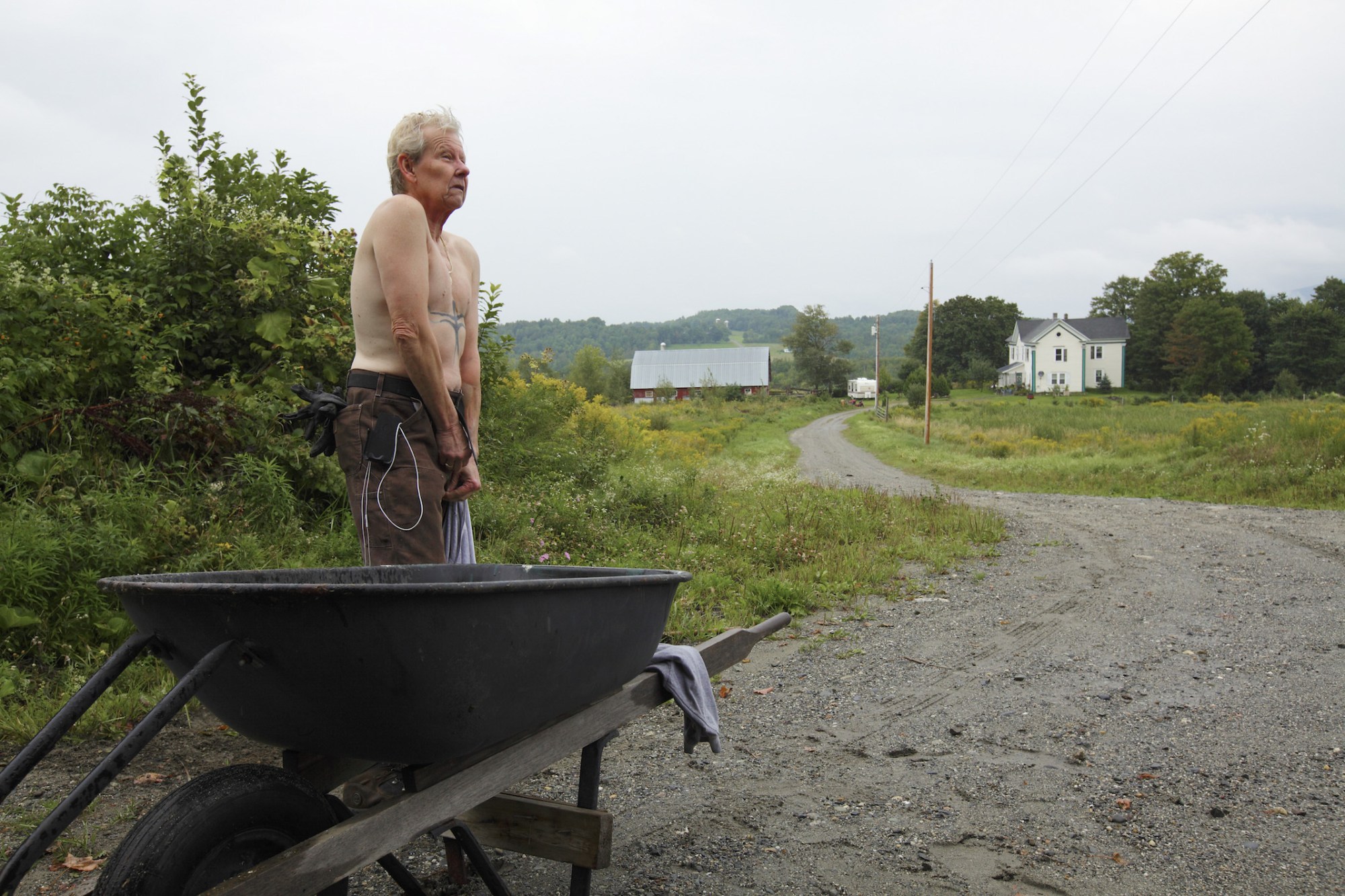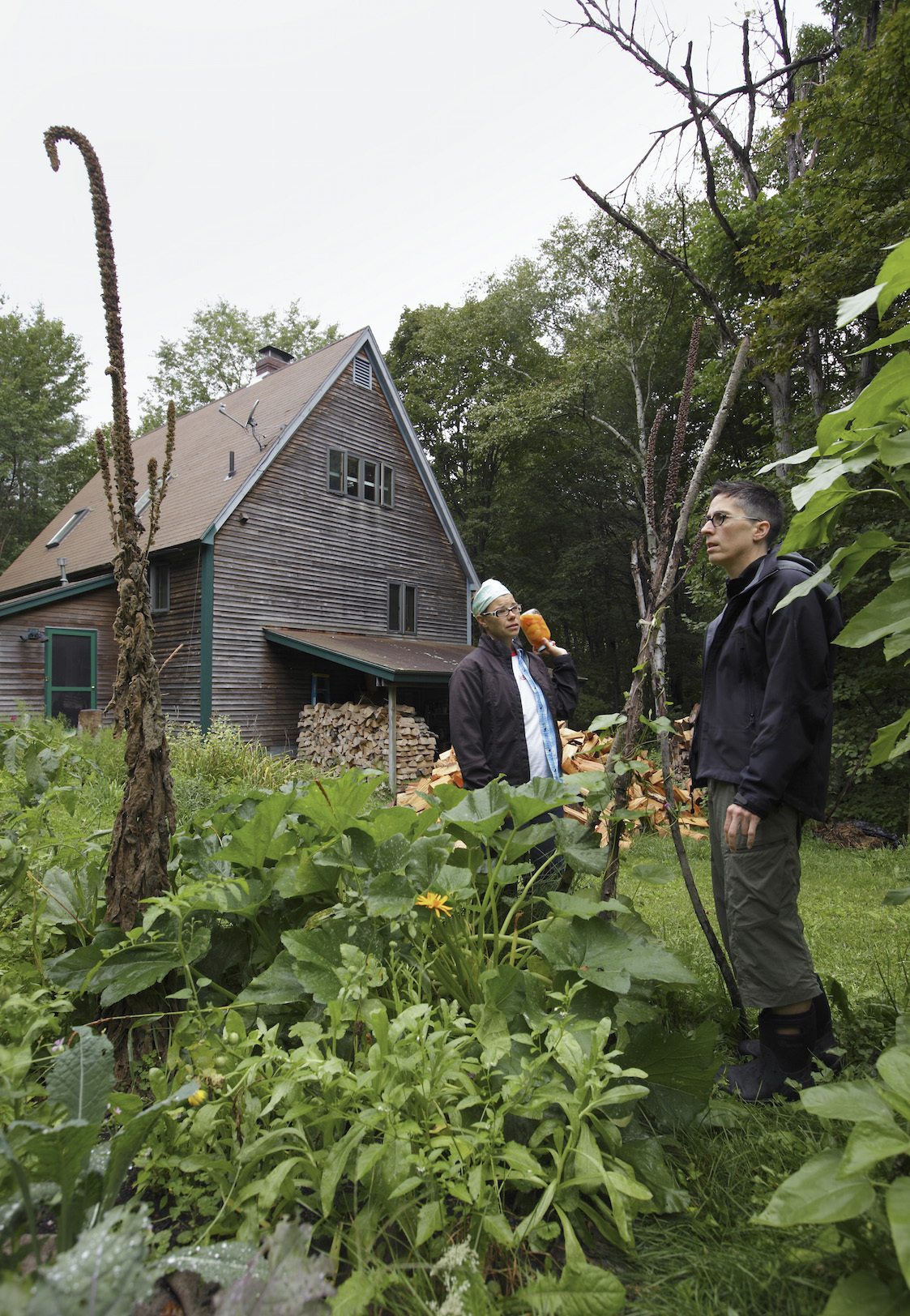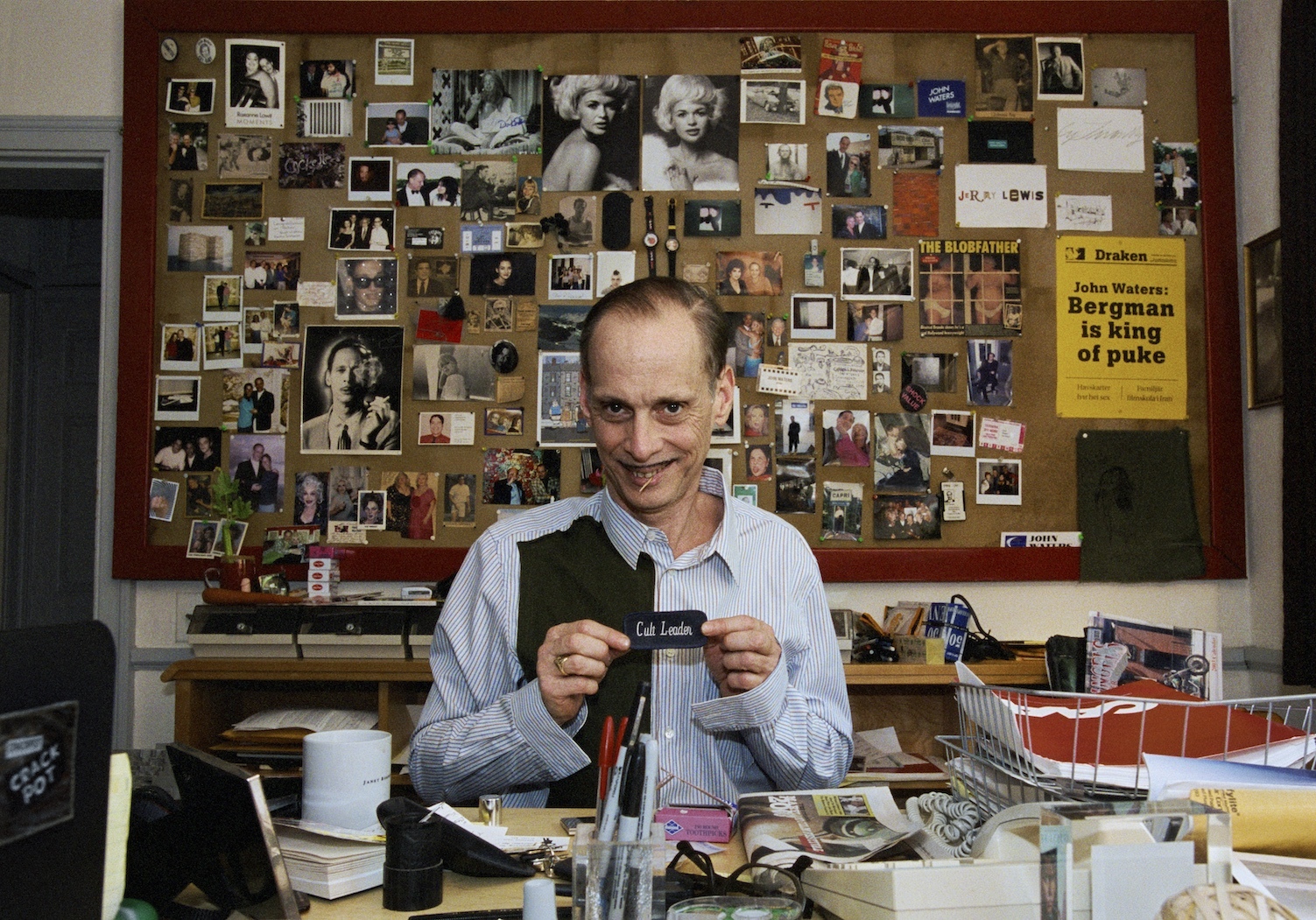John Waters in front of his personal bulletin board; Darko Atu in his cozy California living room; disability activist Lydia Brown in her dorm room. These are just a few of the striking images that photographer Tom Atwood has captured over the past fifteen years for his new book Kings and Queens in their Castles, which looks at the LGBTQ community in their private spaces. Out of a desire for a far-reaching survey of queer people in America, Atwood set out to photograph the idiosyncrasies, eclecticism, and beauty of those both within the country’s metropolises and outside of them. The first iteration of this project-for which Atwood spent four years photographing the gay and lesbian community in New York City-is called Kings in their Castles. For this latest work, Atwood has photographed 350 subjects at their homes, ranging from a transgender deputy sheriff in Vermont to a nurse in Colorado to the venerable comic book artist Alison Bechdel. Atwood wanted to veer away from stereotypical representations of the gay and lesbian community and capture the raw essence of personality. “I wanted to make it my magnum opus,” he says.

What was your inspiration for this project?
I felt like I hadn’t really seen a comprehensive documentary of the LGBTQ community. A lot of books had idealized sexual photos, younger subjects, and urban settings. I wanted to do a photo-documentary of the gay and lesbian community that would show people for who they are rather than their sexuality.
A book can be enjoyed by so many more people than an expensive photo. I liked the idea of doing a democratic book that more people could have access to. I’m hoping it [could be] a touchstone of gay culture or something that the gay and lesbian community can be proud of.

The book really spans across a wide range of people, so it feels very democratic in that sense.
I tried to have an open mind about who I photographed. I wanted to include people from small towns. I feel like it’s a side of the gay and lesbian community that we don’t often see because people think of the “gay scene” as existing in big cities. I really wanted to include some rural subjects and I wanted people from a variety of different professions and backgrounds as well.
Why did you choose to photograph people in their homes?
I feel like you can tell a fair amount about a person from their home. I used a wide depth of field to get the person and the background in focus. I tried have the subject be enough in the frame so that you could relate to them but also have the person be unbalanced by their environment. I love busy spaces. I don’t shy away from people’s clutter and their junk. All of my interests have swirled together and informed my style. I think about the expression on someone’s face. I look to see if the photos look realistic to me and represent their true personality. I want my photos to be like old world paintings.

What was the stopping point for the project ?
I heard a panel at the Palm Springs Photography Festival where a panelist said she knows that younger photographers want to shoot something and get it out faster. People maybe spend a year on their project and then want to get it out. She was always impressed when someone could spend a long period of time with a subject. For some reason that resonated with me. I had this idea that I would do it in depth, shoot tons of people, and spend a lot time at it.
I could have kept going forever. I wanted to shoot people from Maine, Florida, California, Washington State, and a bunch of regions in between. Once I looked at a map and realized that I had been to these different corners of the U.S., I figured I’d stop.

Did you notice a change, evolution, devolution, or stagnation in the LGBT community while you were working on the project?
I hadn’t realized the extent to which there were these wonderful close-knit gay and lesbian communities in really small towns across the country. You’d expect to find that in a place like Provincetown or Burlington, Vermont but I didn’t expect to see such vibrant gay communities in Texas, Utah, Oklahoma, Missouri, places like that. So it was really wonderful to see how many gay people there were beyond the cities, and how vibrant their communities were.

Credits
Text Michael Valinsky
Photography courtesy and copyright Tom Atwood
